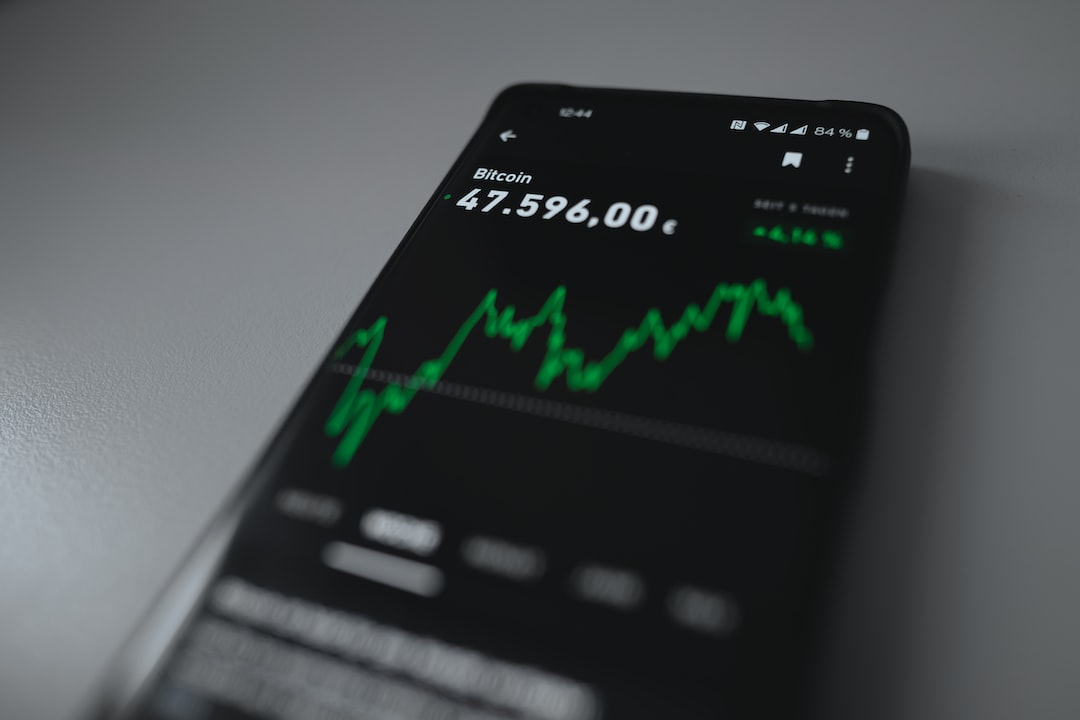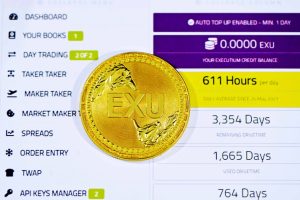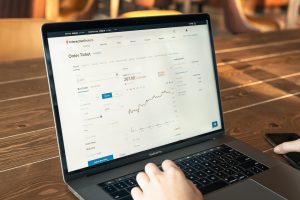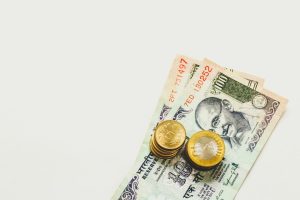Forex traders are always on the lookout for tools and techniques that can help them predict market movements and make profitable trades. One such tool is volatility. Volatility is a measure of the amount and speed of price movements in a currency pair. It is an indicator of the risk associated with a trade, and can be used to make informed decisions about when to enter and exit the market.
In correlation forex trading, volatility can be especially useful. Correlation trading involves analyzing the relationship between two currency pairs and using that relationship to make trades. By understanding the volatility of each pair, traders can better predict how they will move in relation to each other.
Here are some tips on how to use volatility in correlation forex trading:
1. Use volatility indicators
There are a number of volatility indicators that can be used in forex trading. The most common are Bollinger Bands, Average True Range (ATR), and the Volatility Index (VIX). Bollinger Bands are a set of lines plotted two standard deviations away from a moving average. They can be used to identify market trends and potential price reversals. ATR measures the average range of price movements over a certain period of time. It can be used to gauge the level of volatility in a currency pair. The VIX is a measure of the implied volatility of the S&P 500 index. It can be used as a general indicator of market sentiment and risk.
2. Understand the relationship between volatility and risk
In forex trading, volatility and risk are closely related. Higher volatility means greater risk, as there is a greater chance of price movements that can result in losses. However, volatility can also present opportunities for profit. Traders who are able to accurately predict the direction and magnitude of price movements can take advantage of volatility to make profitable trades.
3. Identify correlated currency pairs
Correlation trading involves identifying pairs of currencies that have a strong relationship with each other. This can be done by analyzing historical price data and looking for patterns in how the pairs move in relation to each other. Once a correlation has been identified, traders can use it to make trades. For example, if the EUR/USD and GBP/USD pairs are strongly correlated, a trader might buy the EUR/USD pair and sell the GBP/USD pair if they believe the euro is likely to appreciate relative to the pound.
4. Monitor news and economic events
Volatility in forex trading can be caused by a variety of factors, including economic news and events. Traders should stay up to date on these factors and how they might affect the currency pairs they are trading. For example, if a major economic report is due to be released, traders can expect increased volatility as investors react to the news. By being aware of these events, traders can make informed decisions about when to enter or exit the market.
5. Use stop-loss orders
Stop-loss orders are a crucial tool in managing risk in forex trading. They allow traders to automatically exit a trade if the price moves against them, limiting potential losses. In correlation trading, stop-loss orders can be especially important as volatility can lead to sudden and unexpected price movements. By setting stop-loss orders at appropriate levels, traders can limit their exposure to risk and protect their capital.
In conclusion, volatility can be a powerful tool in correlation forex trading. By understanding the relationship between volatility and risk, using volatility indicators, identifying correlated currency pairs, monitoring news and economic events, and using stop-loss orders, traders can take advantage of volatility to make profitable trades while managing their risk. As always, it is important to remain disciplined and patient, and to always have a well-defined trading strategy in place.






